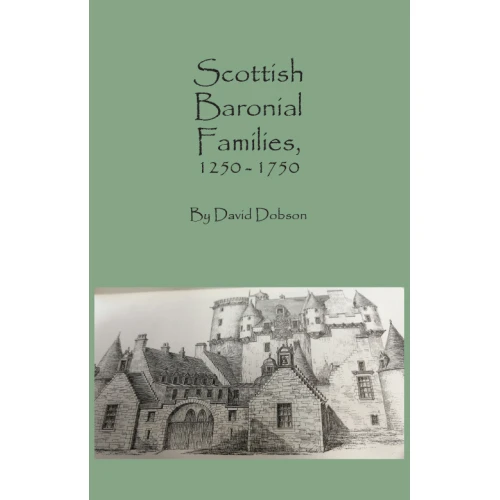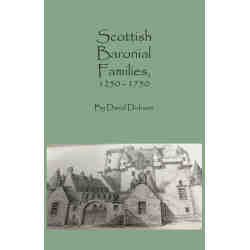From the eleventh century onwards, Scottish kings increasingly favored the feudal system as a method of ruling and controlling the kingdom. By about 1200, the kings established administrative units known as baronies. These baronies were supervised by lords known as barons, whose function included ensuring that the king’s laws operated within the baronies, collecting taxes, maintaining a Barony Court where local justice was administered, and, importantly, providing the king with several knights and men when required. Most baronies, on the death of a baron, would go to his heir, thus maintaining the family’s link with the barony. In the hierarchy of Scottish nobility, barons were just below viscounts. A barony should not be confused with a baronetcy. King James VI of Scotland (King James I of England) created the noble rank of baronet in 1611, partly to raise funds and partly to sponsor the economic development of Ulster and later Nova Scotia.
By the late seventeenth century there were hundreds of baronies in Scotland; however, in the aftermath of the Jacobite rising of 1745-1746, the British government enacted the Heritable Jurisdiction Act of 1747, which reduced the powers of barons and the nobility in general.
For this work, Mr. Dobson has traced the origin and line of descent of nearly 1,000 Scottish baronies and baronetcies, including some whose progeny eventually moved to the Americas. In assembling this unprecedented collection, Mr. Dobson consulted numerous primary and secondary sources. His principal source was the Register of the Great Seal of Scotland from about the year 1320. This required him to examine over 20,000 documents written in Latin. Typical of these descriptions is the following one for Hector McLean, Baron of Duart:
MCLEAN OF DUART IN ARGYLL. On 9 January 1540, King James V granted several properties in Inverness-shire incorporated into the Barony of Duart to Hector McLean, son and heir apparent of Hector McLean of Duart; on 12 November 1542 King James V granted Hector McLean, son and heir apparent of Hector McLean of Duart, the lands and Barony of Duart; on 4 February 1549, Queen Mary granted Hector McLean of Duart the lands and Barony of Ardgour in Inverness-shire; John McLean, alias Makaleer, a merchant in Gothenborg, Sweden, was enobled there in 1649, and later was created a Baronet by King Charles II during his exile, McLean died in Gothenborg when his son Sir John McLean succeeded to the title. Sir Hector McLean, son of Sir John McLean, a Jacobite who fought at the Battles of Killiecrankie and at Sheriffmuir. [An Anglicisation of the Gaelic Mac Gille Eoin meaning ‘son of the servant of John’, examples date from the thirteenth century.] [John McLean, a rebel, was transported to Jamaica in 1685, while Donald McLean, a merchant, died in St Augustine in 1778.] [The Jacobite Peerage, Edinburgh, 1904].
The work includes a list of principal sources and an appendix consisting of Scots-Irish baronetcies established in Ireland and in the New World.


